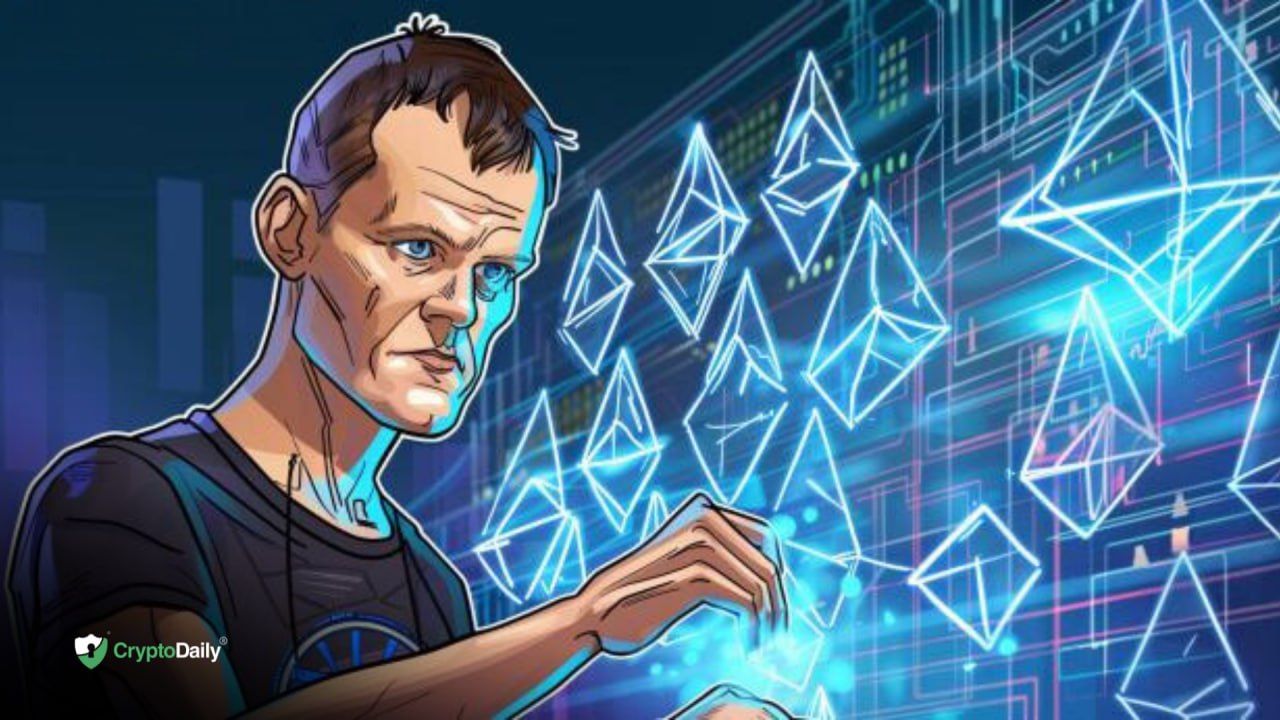In a new blog post, Vitalik Buterin highlighted the unique role L2s play within the Ethereum ecosystem, fostering the creation of independent sub-ecosystems that still contribute to the broader Ethereum network.
Buterin Highlights Organizational Distinctions
Ethereum co-founder Vitalik Buterin recently described Layer 2 (L2) protocols as a cultural extension of Ethereum. He emphasized the primary distinction between Layer 1 (L1) and Layer 2 protocols is organizational rather than technical. He argued that blockchains are shaped by their cultural values in addition to their technical frameworks. This perspective shifts the focus from what can be built to what will be built based on how different parts of the ecosystem are structured and how these structures influence incentives and actions.
Subcultures within Ethereum
The Ethereum ecosystem hosts various subcultures, each playing a distinct role. Buterin referenced researcher Paul Dylan-Ennis, who identified three main subcultures: Cypherpunks, Regens, and Degens.
Cypherpunks engage in core Ethereum research and development, focusing on privacy software. Regens participate in activities like Gitcoin grant rounds and retroactive public goods funding, emphasizing non-financial applications. Degens, meanwhile, trade memecoins and non-fungible tokens (NFTs) and play blockchain-based games, and are driven purely by speculation and wealth accumulation at all costs.
Pluralism and Diversity
According to Buterin, L2 protocols foster a pluralistic and diverse environment within Ethereum. They enable various subcultures to build their own communities and pioneer new technologies while adhering to some shared values and collaborating on critical infrastructure. This collaborative and diverse approach is seen as vital for the overall health and innovation of the Ethereum network.
Buterin noted,
"It’s not about what can get built, but what will get built, because of how the lines between different parts of the ecosystem are drawn and how that affects people’s incentives and ability to act.”
Cultural Pluralism
Buterin advocated for cultural pluralism within the Ethereum ecosystem. He suggested that while one subculture might focus on core development, another can concentrate on expanding the edges of the ecosystem. This division of labor can help address the challenge of attracting application developers and users.
He stated,
“Cultural pluralism is a way of getting out of this quandary, allowing one subculture to focus on core development while another focuses on growing the 'edges' of the ecosystem.”
Encouraging Competition and Collaboration
Buterin also highlighted the competitive spirit that L2s bring to the Ethereum community, noting that this competition can generate significant value. He pointed to several L2s, including Optimism, MegaETH, and Starknet, as examples of ecosystems organized around building specific projects while contributing to the larger Ethereum network.
Disclaimer: This article is provided for informational purposes only. It is not offered or intended to be used as legal, tax, investment, financial, or other advice.





